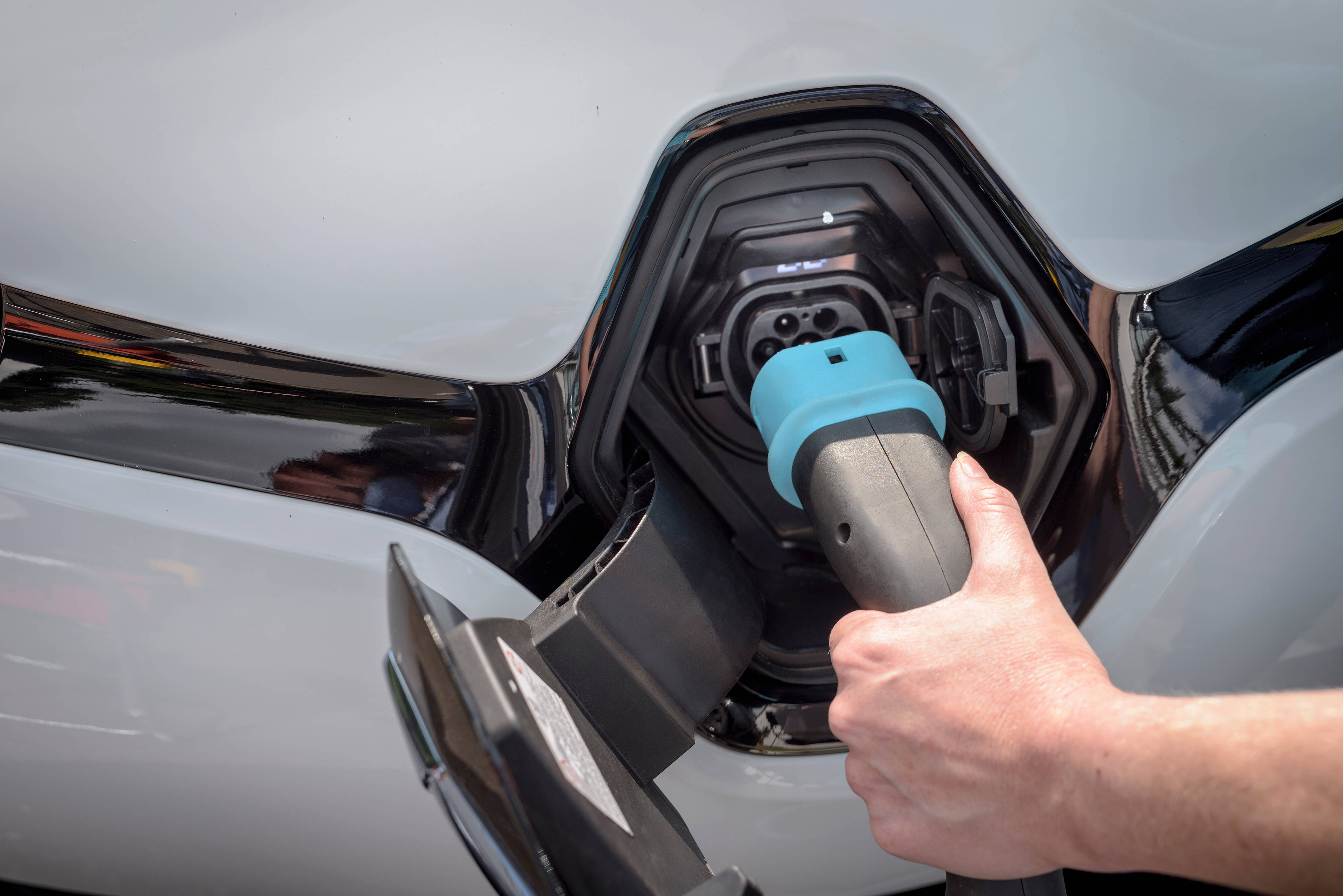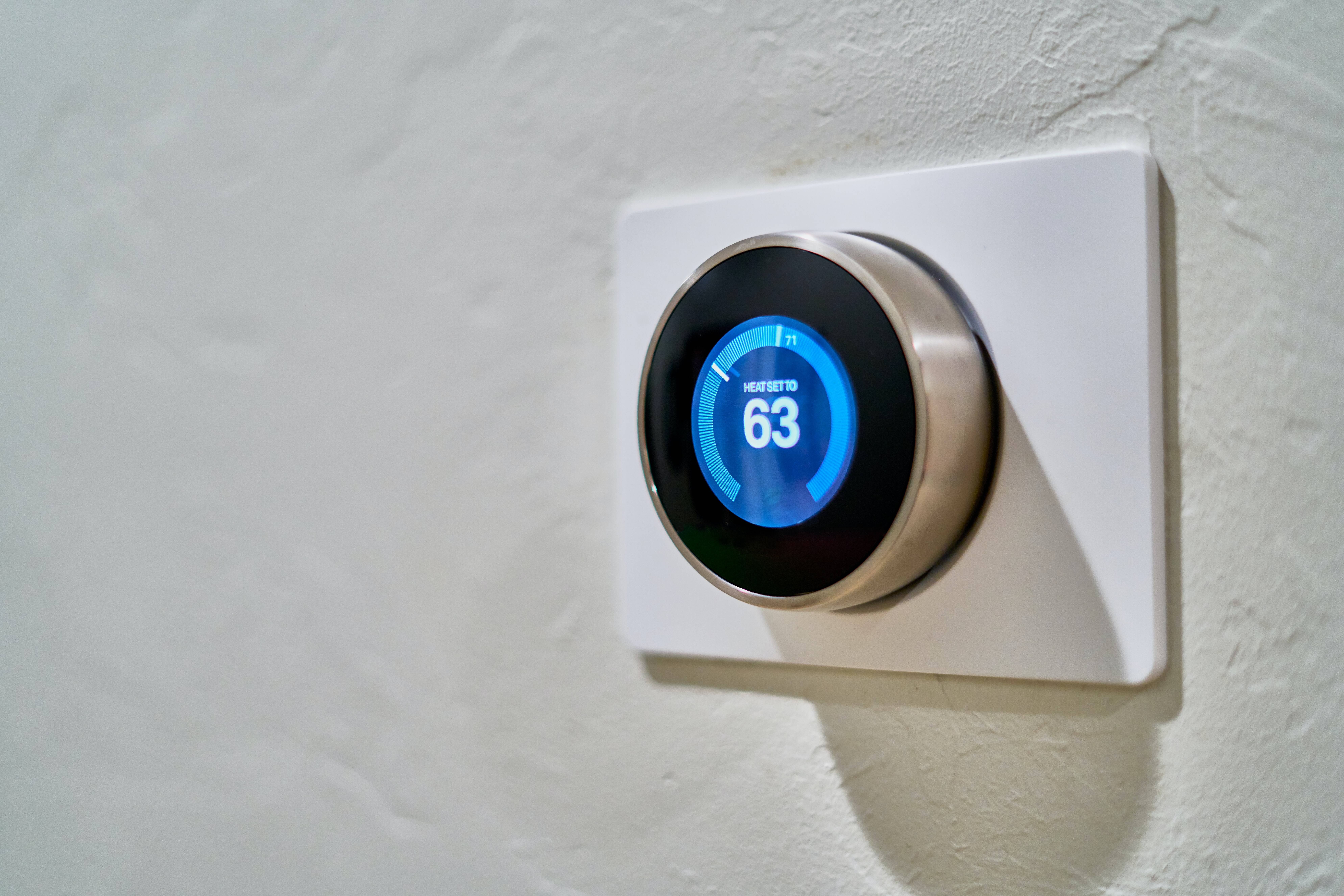You’ve reached your limit!
To continue enjoying Utility Week Innovate, brought to you in association with Utility Week Live or gain unlimited Utility Week site access choose the option that applies to you below:
Register to access Utility Week Innovate
- Get the latest insight on frontline business challenges
- Receive specialist sector newsletters to keep you informed
- Access our Utility Week Innovate content for free
- Join us in bringing collaborative innovation to life at Utility Week Live

DevicePilot CEO, Pilgrim Beart – founder of the platform which eventually became British Gas’ Hive – discusses the route to successful smart energy innovation and why service management holds the key to a smooth journey.
From mobile phones to electric vehicles, the adoption of connected devices almost always follows an S-shaped curve of three distinct stages.
 In the early stages, growth is slow because the technology is expensive and has teething problems that only early adopters are willing to suffer. It’s only when these issues are fixed that mainstream adopters become buyers, at which point growth accelerates significantly. Finally, when there are fewer people left to buy, consumer adoption plateaus and the industry reaches market saturation.
In the early stages, growth is slow because the technology is expensive and has teething problems that only early adopters are willing to suffer. It’s only when these issues are fixed that mainstream adopters become buyers, at which point growth accelerates significantly. Finally, when there are fewer people left to buy, consumer adoption plateaus and the industry reaches market saturation.
EVs and smart meters are both textbook examples of this S-shape in action. Smart meter adoption in Europe is starting to plateau after years of growth. Meanwhile the remarkable growth of EVs among mainstream buyers has coincided with bigger batteries and better EV infrastructure – the big teething issues experienced by early adopters.
While consumers simply need to decide where they belong on the early versus late adopter curve, organisations within the industry don’t have this luxury. To them, the S-shaped curve is more like a racetrack. They must outperform the competition before the market matures, or they’ll find that there are no customers left for them.
The big question is how to win the race – because it’s not just a question of being fast, first, or big. It’s about offering a quantifiably better and more reliable service than the competition over the longer term.

What won’t win the race
Being early to market can offer a literal head start. Sheer volume is also important, meaning the number of smart devices in the market and the number of users.
However, it’s important to remember that smart energy companies are providing a service first and foremost, not just a product. It’s vital to differentiate and optimise the service before the market saturates. It’s not enough to have 100,000 devices in a region if they provide a poor user experience, or are prone to failure, error, or breakdown – that just generates anti-word-of-mouth. Quality as well as quantity is vital to growing service adoption. Only then will customers come to rely on the brand as a dependable service worth choosing over the competition.
Smart energy brands also need to deploy with efficiency. Their support team cannot grow at the same rate as their device estate. Device numbers will grow by a factor of ten as the market reaches maturity, but the service team cannot. Doing so would delay profitability, but even if a company could afford to hire all those people, it shouldn’t. Manually performing customer support, servicing, repairs, and updates inevitably delivers a poor customer experience and impacts service costs.
Instead, smart energy runners and riders need to work smarter, not harder. They need to leverage the tools and team they already have, enabling them to drive up quality and efficiency even while they grow fast.
The service mindset
The first step to winning the race is adopting a “service” mindset.
Smart energy devices can be significantly more complex, as well as more costly, than their dumb counterparts. However, they are desirable because they empower organisations to offer a better energy service.
 If a customer is charging their car, heating and lighting their house, washing and drying their clothes, smart energy lets them do so at the cheapest cost. This becomes a service that customers depend on. This is the service that they’re paying smart energy providers to deliver. It is the job of smart energy businesses to manage those complexities to deliver a level of reliability that customers have come to expect from their dumb energy devices.
If a customer is charging their car, heating and lighting their house, washing and drying their clothes, smart energy lets them do so at the cheapest cost. This becomes a service that customers depend on. This is the service that they’re paying smart energy providers to deliver. It is the job of smart energy businesses to manage those complexities to deliver a level of reliability that customers have come to expect from their dumb energy devices.
Unfortunately, the real world is an uncontrolled and messy place where everything that can go wrong will go wrong. Any device that is supposed to be online, will sometimes be offline. It will be misconfigured. There will be hardware bugs and electrical problems. There will be software bugs and security issues to fix, and public devices can be tampered with or even physically damaged.
These are just facts of smart energy life. Yet as these devices form a bigger part of critical national infrastructure, smart energy vendors need to prevent these issues from interfering with their service to customers.

What will win the smart energy race
Analytics are an essential part of the smart energy business model, but getting the right data and knowing how to use it are both harder than they sound.
Smart energy businesses may attempt to track everything from day one, but the hard part is tracking whether users are successfully using the service day-to-day.
Mainstream users require a service to work each time, every time. They expect a seamless, dependable experience, like using a petrol pump or phone charger. So smart energy vendors have the unenviable task of ensuring this level of 99% reliability while growing their device estate from thousands to millions of units.
This is a huge challenge when you consider typical device architecture. There’s the hardware itself, the firmware that runs on the hardware, the network that connects it to the internet, and the cloud above it all. Each of these elements needs managing and monitoring, and most businesses will also be running business applications like Salesforce, Zendesk, SAP BI and Power BI.
This is the challenge, because none of the service components provide a big picture of what’s going on across the entire estate. It’s nearly impossible for smart energy businesses to answer fundamental usage questions such as: What was the device uptime for customer X over the last week? How is site A performing versus site B? Why didn’t we meet our customer service level agreements this month? Meanwhile the business applications, which are meant to give this big picture view, can’t understand the telemetry streams coming from the devices.
How to win the smart energy race
Service monitoring is the missing piece in the puzzle.
It ingests the stream of device data and transforms it into metrics and actions for business applications – while automating as much as possible. This keeps business applications synchronised with the device estate, driving business processes which act to fix issues quickly and efficiently, Massively increasing service quality to keep customers delighted.
As a business scales, so does the number of incidents. A company cannot afford to scale its service team to match its device estate. This is where service monitoring can help, enabling businesses to be more proactive in dealing with incidents, and to prioritise them by impact, building processes to automate response to the vast majority – usually around 80%. This frees-up the ops team to deal with the remaining 20%.
 As an example of using service monitoring to achieve business goals in EV charging, take a typical customer focused KPI “site availability”. In scenario A, a customer arrives at a supermarket car park with three EV chargers, one of which is broken. Meanwhile in scenario B, a customer arrives at a site with three working EV chargers, but they are all in-use. There is a big difference between technical metrics like uptime – which would say that that scenario A was bad and scenario B was perfectly good – versus business metrics like site availability which says the opposite. Service monitoring helps businesses understand these scenarios from a customer centric view.
As an example of using service monitoring to achieve business goals in EV charging, take a typical customer focused KPI “site availability”. In scenario A, a customer arrives at a supermarket car park with three EV chargers, one of which is broken. Meanwhile in scenario B, a customer arrives at a site with three working EV chargers, but they are all in-use. There is a big difference between technical metrics like uptime – which would say that that scenario A was bad and scenario B was perfectly good – versus business metrics like site availability which says the opposite. Service monitoring helps businesses understand these scenarios from a customer centric view.
As cited earlier, the winning strategy in the smart energy race is all about delivering customer satisfaction – happy end users, and meeting the ever-stricter reliability SLAs of business users. Service monitoring is the tool which can make this happen, forming a workflow used every day by customer services, operations and product managers to guarantee service delivery.
The smart energy race will be long and gruelling, these are early days for most technologies in the field and it’s a certainty that there will be many winners and losers along the way. The winners will be those companies that invest in delivering an excellent customer experience.
See this content brought to life at Utility Week Live, 17-18 May 2022 NEC Birmingham. FREE to attend for utilities. Register today
Delivering best in class customer services and Delivering the smart meter rollout are among the frontline challenges at the heart of Utility Week Live 2022’s live content programme. View the programme.

Please login or Register to leave a comment.